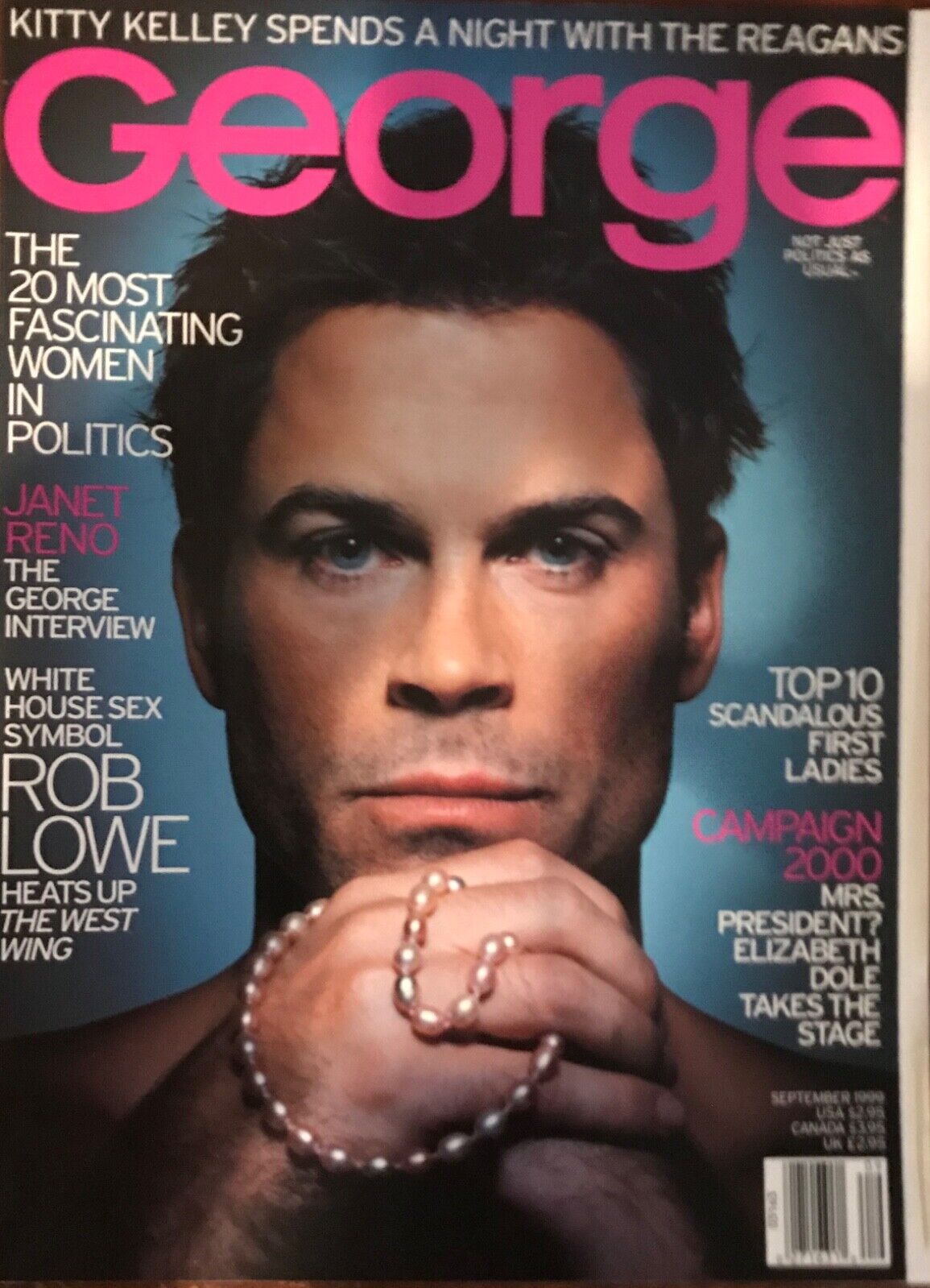George Magazine (Prior revision dated Saturday 16 September 2023 03:20:35 -- @180)
George Magazine
George was a political magazine based in the United States that blended politics with popular culture. The magazine was named after George Washington, the first president of the United States.
Publication History
George Magazine was launched by its founder, John F. Kennedy Jr., in 1995 in partnership with Michael J Berman, part of the Hachette Filipacchi Media U.S. group. The decision to call the magazine George stemmed from John F. Kennedy Jr's desire to create a publication bridging politics and celebrity culture, reminiscent of George Washington’s status as both a political figure and the country's first "celebrity." The publication lasted till 2001, two years after Kennedy's untimely death in a plane crash in 1999.
Editorial Focus and Content
The monthly magazine covered politics from an angle appealing to the general populace rather than just political junkies. Each issue featured politicians and celebrities on its cover, with insightful interviews and articles inside. The magazine adopted a non-partisan stance and instead focused on making political issues relatable to a broad audience by presenting them in an accessible and engaging manner.
Legacy
Although George had a relatively short run, it made a significant impression with its unique editorial approach and compelling content. The mission to make politics accessible for the masses was a pioneering concept, and its impact can be seen in many current-day hybrid publications.
Notable Issues
One of George Magazine's most memorable issues is their inaugural one, which featured supermodel Cindy Crawford dressed as George Washington. Later, notable figures like Robert De Niro, Tom Hanks, and Bill Murray would grace the covers. The magazine's mix of boldness and irreverence found a niche audience, but it also faced criticism for its blurring of politics and celebrity.
Format and Design
George was known for its striking design, featuring a bold, large-format glossy spread with a unique masthead that recalled early U.S. currency, aligning with its namesake's image. It was distinguishable on the magazine stand both for its layout as well as its content.{{Categories}}